- Home
- Clive Cussler
The Sea Hunters II: More True Adventures with Famous Shipwrecks Page 10
The Sea Hunters II: More True Adventures with Famous Shipwrecks Read online
Page 10
In addition to the pair of forts, a second barrier to the Union navy had been laid in place. Stretched across the river between the two forts was a heavy chain that was supported by the sunken hulks of six sacrificed schooners designed to snag any Union vessels venturing upstream.
At first glance, the Confederacy fielded what appeared to be a formidable defense.
* * *
“Ship Island,” David Farragut said quietly.
Folding his brass spyglass, Farragut slid it into the pocket of his uniform jacket. Farragut was one of the Union navy’s few flag officers, and his uniform proudly displayed this fact. His epaulets featured the stars denoting his rank. Unlike most of his officers and men, Farragut’s uniform had been carefully tailored and fit him perfectly. Farragut was not a tall man, but his erect posture and squared shoulders made him appear larger. A sense of his own importance infused his being and radiated outward to envelop those around him. Farragut was a man comfortable with leading, comfortable with decisions, and comfortable with fate. The fleet he commanded had left Hampton Roads, Virginia, on February 2. Nine days later, they stopped in Key West, and nine more found him here in the Gulf of Mexico off the Mississippi River.
“Anchor and assemble the flotilla,” Farragut said to his second in command.
It was no secret that Farragut’s fleet was preparing to attempt a run up the Mississippi River. On April 1, rebel spies reported that all but two of the vessels had crossed the bar and were now in the river. In New Orleans, work proceeded around the clock to finish the Confederate ironclads Louisiana and Mississippi.
Louisiana was a large vessel, 264 feet in length with a 62-foot beam. Her armament was to consist of a pair of 7-inch rifled guns, a trio of 9-inch shell guns, a quadrant of 8-inch shell guns, and seven 32-pounders. Mississippi was no less a vessel. Some 260 feet in length with a beam of 53 feet 8 inches, she was due to carry a battery of twenty guns of various sizes.
The problem was that the two ships were far from final commissioning.
Atop the ramparts of Fort Jackson, Delbert Antoine stared west at the red sunset. The sight was unsettling to the native Louisianian, and he shared his feelings with his partner, Preston Kimble. The date was the eighteenth of April.
“The red of the sky,” Antoine said, “looks like blood.”
Kimble leaned over to spit off the brick walkway atop the parapet into the moat below. “If our guns don’t sink the Yankees,” Kimble said, “that gator in the moat will eat them.”
Both Kimble and Antoine were early conscripts to the cause. They were dressed in early Confederate gray wool uniforms, now showing wear. Antoine’s eyes scanned the fort. It was pentagon-shaped and stood twenty-five feet above the water. The walls were constructed of red brick and were twenty feet thick.
In the area of the sixteen heavy guns that pointed toward the water, the brick had been reinforced with thick granite slabs. Inside the center of the fort was a diagonal-shaped defensive barracks where five hundred men could take shelter during bombardments. The sight of the substantial construction gave Antoine little comfort.
“They’re coming for us,” Antoine said. “I can feel it.”
“We’ll blow them out of the water,” Kimble said, “like shooting ducks in a pond.”
Antoine nodded. But he knew his friend’s words were just bluster. If Kimble wasn’t afraid, he was just plain stupid — or crazy.
* * *
A few miles down the river from Fort Jackson, around a bend and tied to the shore, Franklin Dodd checked the lines holding his barge to the trees. It was dark, and a stiff wind was blowing. Even so, thousands of frogs were croaking, and the sound was making Dodd angry.
“Damn frogs,” he said to powder monkey Mark Hallet.
“They’ll hush up when we start firing,” Hallet noted.
An assignment to one of the numerous mortar boats was not a job relished by a Union sailor. Their job was to soften up the forts before Farragut and his ships made their run upriver. The crews’ job was simple. They would load their gun, then stand with mouth agape to avoid having their eardrums blown out. The gun would fire, then they would reload and fire again. Hundreds upon hundreds of times, the exercise would be repeated. By the end of the war, most of the crews would find themselves deaf.
Early on the morning of April 19, the mortar boats opened fire.
The first round slammed into the base of Fort Jackson. For five days the barrage would keep up around the clock. By noon of the first, half the Confederates were trembling.
* * *
Hallet poured a powder charge into the mortar. For the last few days, he had felt a pressure in his head he could not shake. He would yawn and that would relieve the pressure some, but still it always returned. He felt a hand on his arm and stared at Dodd. His friend’s mouth was moving, but Hallet could not make out the words. Wiping some powder from his blackened face with a rag, he put his ear next to Dodd’s mouth. He could smell Dodd’s breath, and it was not pleasant.
“The word is Farragut’s making his run tonight,” Dodd shouted.
Hallet smiled at the words, but he was worried. He had been unable to stop his body from shaking for the last two days. The only thing that brought him relief was rocking back and forth on the balls of his feet. So he rocked until the gun fired. Then he ran over and set another powder charge.
* * *
On Manassas, Lieutenant Warley knew the Union was coming. He reasoned that the first order of business for the Federals would be to send a couple of boats upriver to try to breach the chain obstruction stretching across the river. The problem was that Manassas was still upriver.
The last few months had reinforced Warley’s opinion of Manassas. The vessel was underpowered, lightly armored, and poor-handling. Even so, if Warley sighted an enemy ship, he was ready to ram her. For the coming battle, Warley could count on little help. Louisiana and Mississippi were still not fully operational. Both had been towed down from New Orleans and were now anchored by the forts to be used as floating gun batteries.
The Union gunboats Pinola and Itasca had been tasked with blowing the Confederate chain obstruction. Sneaking upriver, a crew from Itasca rowed a small boat to the obstruction and attached an explosive charge. The charge failed to explode. Luckily, one of the gunboats fouled itself in the chain and, attempting to free itself, pulled the chain apart, creating an opening large enough for the Union fleet to breach.
The Mississippi was open, but the Union navy faced a gauntlet of murderous fire.
* * *
On April 23, Manassas and her tender, Phoenix, arrived off the forts. Shells were still raining down from the mortar boats as Warley maneuvered into place. So far, Fort Jackson had been the hardest hit. Through the smoke, Warley could see that parts of her outer wall were pocked from the rain of shells. Continuing to scan the fort with his spyglass, he could see the Confederate flag still flying atop the pole.
Just then, one of the Fort Jackson guns returned fire.
* * *
April 23 melded into April 24. Admiral Farragut rolled his charts and stared at the men around the table in his stateroom aboard his flagship Hartford “Are there any more questions?” Farragut asked.
The men shook their heads in the negative.
“Then we go at my signal,” he said quietly.
The men filtered off to return to their commands and a strange quiet.
Just past 2 A.M., two red lanterns were hoisted atop the mizzen peak of Hartford.
From this point forward, there was no turning back.
* * *
Manassas was tied to the bank just off Fort St. Philip; because of earlier problems, she now sported but a single smokestack, but that had failed to solve all her problems. Earlier, the ship’s engineer had reported a balky condenser. Warley ordered it changed before the battle. The pilot was testing the steam power as Warley paced the decks.
“Is the gun crew ready?” he shouted to Lieutenant Reed.
“Yes,
sir,” Reed said. “I checked with them a half hour ago, as you instructed.”
“Fireman and black gang?”
“All in place. The condenser is repaired — they’re making steam,” Reed noted.
“Are the steam and water ports operational?” Warley asked.
“If we need to repel boarders,” Reed said, “they’ll be in for a shock.”
Just then, the pilot interrupted.
“Sir, we have steam in the boiler and power to the propeller,” he said.
“Then cast us off,” Warley said.
* * *
The barrage from the mortar boats increased. Delbert Antoine peered through the gloom for signs of the Union navy. The air was thick with the smell of spent powder and brick dust. The temperature was cool, like the inside of a tomb.
“I think I see something,” Preston Kimble shouted.
Kimble was fifty feet from Antoine and closer to the water.
Like an evil mourner shrouded in black, the dim outline of Hartford slowly materialized on the river. Kimble reached for the pistol lying on the wall of the rampart and fired a minié ball at the approaching wraith. The effect was like trying to use a flyswatter to kill a bird, but Kimble didn’t care.
And just then the water batteries of Fort Jackson opened up with a roar.
* * *
The battle began at 3:40 A.M.
Lieutenant Warley opened the roof hatch on Manassas and stared at the sky. Mortar shells arced through the air with a flash of light from their burning fuses. He watched as the shells reached the apex of their trajectory and slowed. Then, looking like spinning Fourth of July sparklers, they accelerated and plunged into the Confederate forts. It was an eerie sight. The air was already clouded with smoke that hung low over the water and billowed and rolled like waves in the ocean.
In the engine room of Manassas, Chief Engineer Dearing, who had transferred over from Tuscarora, was stoking a hellish fire of his own creation. Dearing knew the Confederate ram would need all the steam he could make, and he took the boilers to the limit just as a Federal ship appeared through the gloom.
“Make for the Yank ship,” Warley shouted to the pilot.
The pilot began his course adjustment, but just then the Confederate ram Resolute, in full retreat, crossed abeam. Manassas struck her around the wheelhouse.
“Back off,” Warley shouted.
While still entangled with Resolute, the Union vessel slowed and poured shot into the side on Manassas before continuing upstream. Once they were free of Resolute, Warley ordered a course to midstream, where he had spotted a Union paddle wheeler.
The outline of the familiar ship appeared in the blackness.
“She’s the U.S.S. Mississippi,” Warley shouted.
In a war that pitted brother against brother, there was no time for sentiment. The U.S.S. Mississippi was the last ship Warley had served on before resigning his commission in the Union navy. Now Warley was bent on sinking her.
In the foretop of the U.S.S. Mississippi, artist William Waud spied the sinister-looking ship approaching. He would later draw her as a lead-colored wet whale, with the smokestack high in the air the only feature that might define it as a ship. At this second, there were pressing matters. Waud shouted to Lieutenant George W. Dewey, later to become famous for his destruction of the Spanish fleet in Manila Bay.
“Here is a queer-looking customer off our port bow,” Waud yelled.
Dewey corrected course in an attempt to run down the Confederate vessel, but his paddle wheeler was going upstream against the current and his pilot had little control.
He ordered his guns to fire, but the shots glanced off Manassas’s back.
* * *
“Take her at the wheelhouse,” Warley shouted to the pilot.
Manassas had the current on her side, but the pilot’s aim was poor in the blackness.
They came in on Mississippi’s quarter.
“Fire the gun,” Warley shouted, as they struck the Union ship.
The single cannon in the bow belched once as Manassas rammed into the Union ship. The shell entered through the broken hull planking and lodged in a cabin belowdecks. The U.S.S. Mississippi answered the attack with fire of its own. Dewey watched Manassas back away into the blackness.
Fear and anger ran through the Confederate fleet as the Union navy steamed upriver. With a few more weeks of preparation, they might have stood a fighting chance. As it was, the saber thrust of the Union navy was cutting through their defenses with indescribable ease. Most Confederate rams were grounded on the side of the river by their captains, and their crews escaped into the swamps. The mighty Louisiana, crippled by uncompleted construction and faulty propulsion, lay tied up alongside the shore. She was firing her guns, but the design of her gun ports was faulty, and she had only a limited range in which to fire.
A Union ship came abreast and poured shot into her hull.
Things were no better on Manassas. The Mississippi River had become a boiling inferno. Clouds of smoke rolled across the river, illuminated by bursts of light from muzzle flashes from the passing ships. Shells flew through the air in a rain of lead, and the flames of burning ships made for a macabre scene of destruction. A large orange-tinted moon had risen, but it was hidden behind the thick, choking smoke.
* * *
Over the noises of the engines, Warley could hear the shouts of the Union gunners, as they went through their firing drills. Still, Warley would not back down.
“To port,” he shouted to his pilot.
Aboard the Union ship Pensacola, Executive Officer F. A. Poe viewed Manassas advancing. Ordering a course correction to avoid the ramming, he waited until the last second, then ordered his guns fired into the Confederate ram. The shells exploded on Manassas’s back. Only a few inches to starboard and they would have entered the pilothouse through the port.
By now, the majority of the Union fleet had passed, and Warley ordered Manassas downstream. He was intent on attacking the mortar boats downstream to take fire off the Confederate forts. His decision would prove deadly. Once Manassas came into the range of Fort St. Philip, the batteries, mistaking the Confederate ram for a disabled Union ship, opened fire on their own countrymen.
“Get us out of here!” Warley shouted to the pilot, an order to steer upstream.
Manassas, underpowered to begin with, struggled hard to make headway against the current. And then Warley thought he’d found salvation. A Union vessel appeared in the gloom. Warley thought she was Farragut’s flagship Hartford, and he made his way toward her. But salvation would not be his. The vessel was not Hartford but Brooklyn, a worthy target but not what Warley had hoped for. Brooklyn was entangled with part of the remaining chain obstruction and was struggling to free herself. The Union vessel was stuck under the guns of Fort Jackson, and if she didn’t free herself soon, the guns now finding their range would turn her into tinder.
“Resin in the boiler,” Warley shouted down in the engine room.
The increase in power came seconds later. Warley ordered the pilot to ram Brooklyn. Had not the Union navy ordered chain armor mounted to their vessels before the battle, the blow from Manassas’s ram would have sunk the Union ship. As it was, the blow was deflected and caused minimal damage. Warley ordered the pilot to back off.
The battle had raged for hours. The sky to the east was beginning to lighten.
Warley noticed the Confederate vessel McRae involved in a one-sided fight with several Union ships. Manassas came to assist and chased the Union ships upriver. The crew was weary from the hours of battle. Manassas had taken numerous hits at close range. Many were injured. But Warley was still game. He ordered the pilot upriver around Quarantine Point, where most of Farragut’s fleet was waiting.
“We are losing steam,” Dearing shouted up to the pilothouse.
“We’re barely making headway,” the pilot shouted to Warley, as he stared out the tiny forward port at the approaching Union ships.
Warley stood s
ilently for a moment. They had fought the good fight, but now his ship’s systems were failing. His ship was dying, and he was forced to face this fact. From the gun deck, Warley heard the low cries of a wounded sailor. To the front was an advancing enemy he was ill-equipped to fight.
“Run her aground on shore,” he said quietly.
The pilot steered for the bank.
“Prepare the men to make shore,” Warley shouted.
Manassas was run ashore, and the crew was evacuated. Climbing up the bank, Warley watched as Mississippi came abreast and pounded the abandoned ram with all the force of her guns. The rising sun had lightened the sky to a gray half-light. Warley watched as his command was pounded with shot.
Suddenly, a shell from Mississippi exploded against the stem just below the waterline, and the lower hold quickly began to flood. With the weight from the water, Manassas’s bow became light. She drifted away from shore with the current.
Now a ghost ship, Manassas floated a few dozen yards downstream of Warley and the crew. The gunners on Mississippi reloaded and fired. Screaming across the water, the shot parted the planks of Manassas’s hull.
As Manassas drifted downriver, Lieutenant Reed of McRae launched a last-ditch effort to save her. Rowing alongside in a small boat, he climbed aboard, only to find that Warley and his crew had cut through the steam pipes with axes. The ship had been rendered unusable. Reed had no choice but to abandon the ship and return to McRae.
Captain David Porter, later a distinguished admiral, in command of the mortar fleet, saw Manassas coming down the river, seemingly intent on destroying the mortar vessels, but he soon discovered that Manassas was never going to harm another ship.
“She was beginning to emit some smoke from her ports of holes,” he reported, “and was discovered to be on fire and sinking. Her pipes were all twisted and riddled with shot, and her hull was also well cut-up. She had evidently been used up by the squadron as they passed along. I tried to save her, as a curiosity, by getting a hawser around her and securing her to the bank, but just after doing so, she fairly exploded, her only gun went off, and, emitting flames through her bow port, like some huge animal, she gave a plunge and disappeared under the water.”

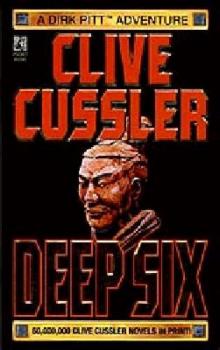 Deep Six
Deep Six Odessa Sea
Odessa Sea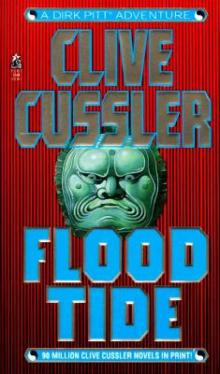 Flood Tide
Flood Tide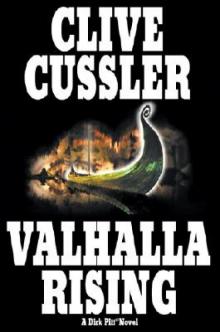 Valhalla Rising
Valhalla Rising Thriller 2
Thriller 2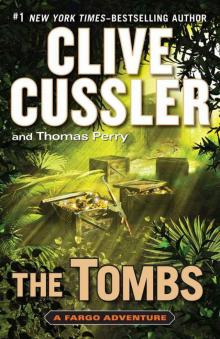 The Tombs
The Tombs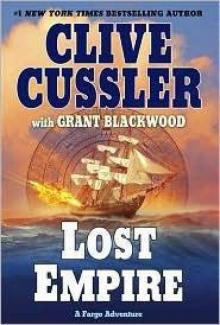 Lost Empire
Lost Empire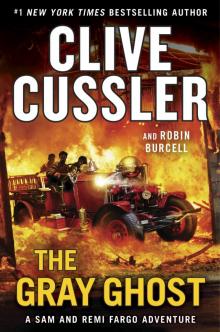 The Gray Ghost
The Gray Ghost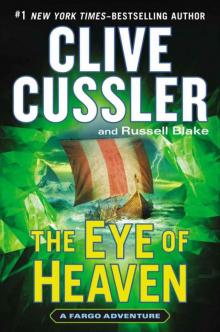 The Eye of Heaven
The Eye of Heaven Polar Shift
Polar Shift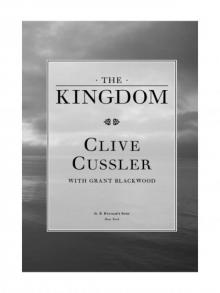 The Kingdom
The Kingdom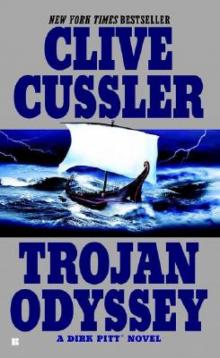 Trojan Odyssey
Trojan Odyssey Shadow Tyrants
Shadow Tyrants Nighthawk
Nighthawk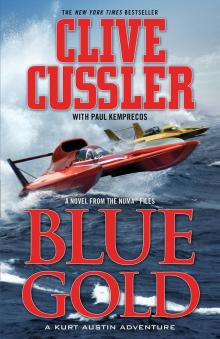 Blue Gold
Blue Gold Serpent
Serpent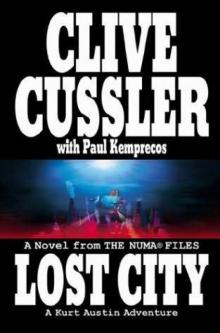 Lost City
Lost City The Gangster
The Gangster White Death
White Death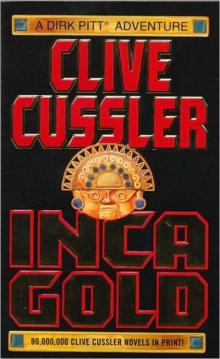 Inca Gold
Inca Gold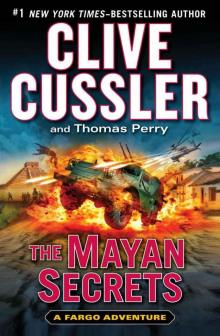 The Mayan Secrets
The Mayan Secrets The Pharaoh's Secret
The Pharaoh's Secret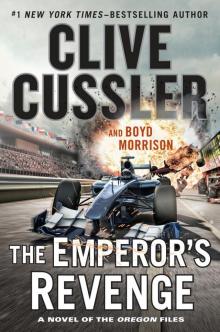 The Emperor's Revenge
The Emperor's Revenge Corsair
Corsair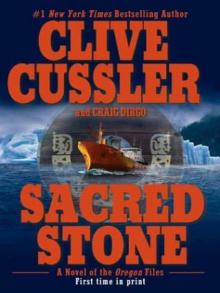 Sacred Stone
Sacred Stone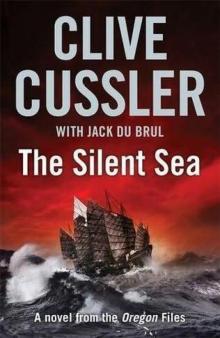 The Silent Sea
The Silent Sea The Rising Sea
The Rising Sea Black Wind
Black Wind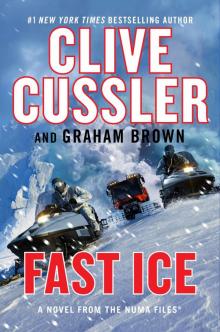 Fast Ice
Fast Ice Ghost Ship
Ghost Ship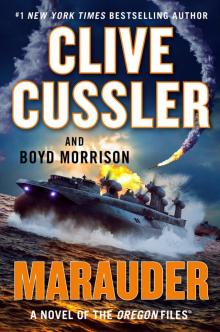 Marauder
Marauder The Thief
The Thief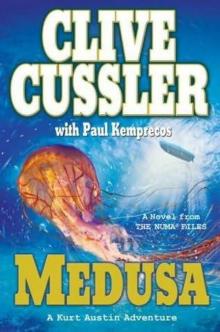 Medusa
Medusa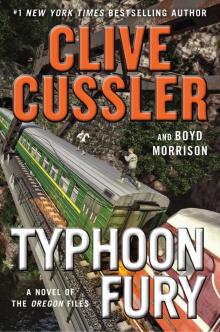 Typhoon Fury
Typhoon Fury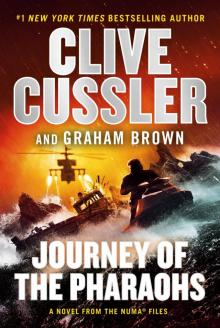 Journey of the Pharaohs
Journey of the Pharaohs The Navigator
The Navigator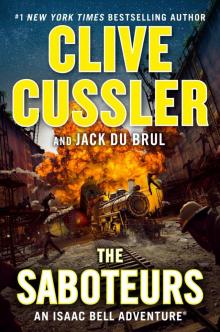 The Saboteurs
The Saboteurs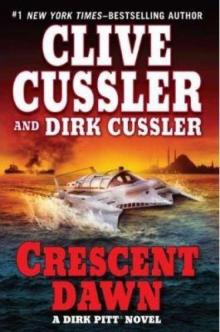 Crescent Dawn
Crescent Dawn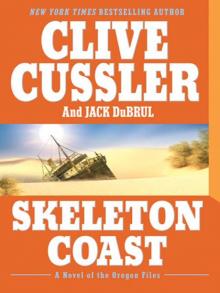 Skeleton Coast
Skeleton Coast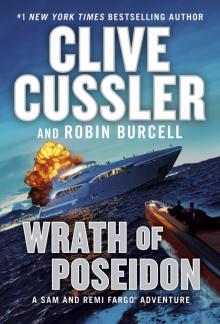 Wrath of Poseidon
Wrath of Poseidon The Mediterranean Caper
The Mediterranean Caper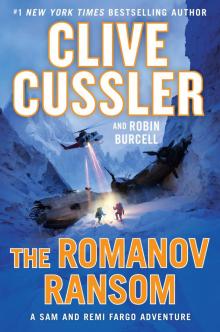 The Romanov Ransom
The Romanov Ransom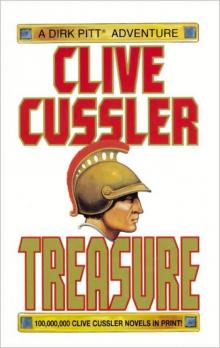 Treasure
Treasure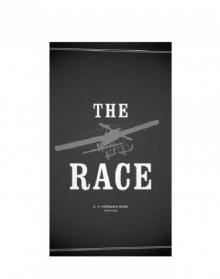 The Race
The Race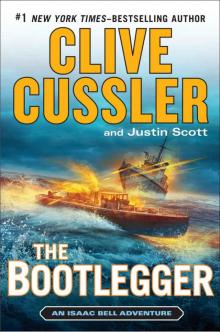 The Bootlegger
The Bootlegger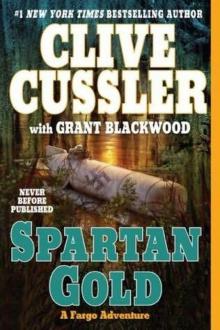 Spartan Gold
Spartan Gold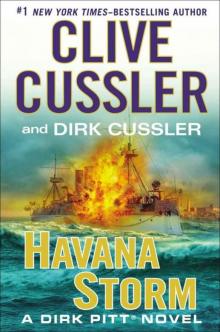 Havana Storm
Havana Storm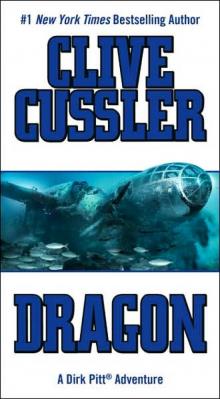 Dragon
Dragon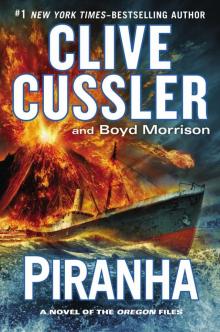 Piranha
Piranha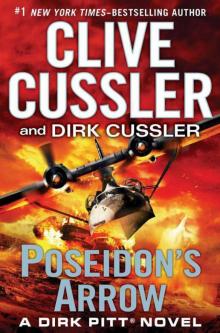 Poseidon's Arrow
Poseidon's Arrow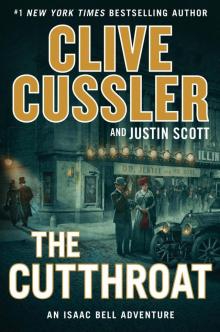 The Cutthroat
The Cutthroat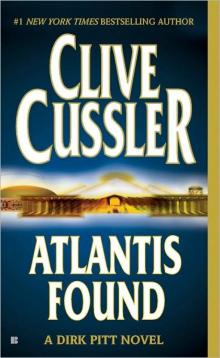 Atlantis Found
Atlantis Found The Jungle
The Jungle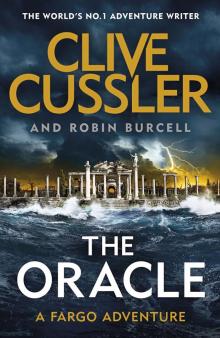 The Oracle
The Oracle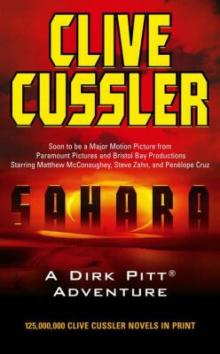 Treasure / Dragon / Sahara: Clive Cussler Gift Set
Treasure / Dragon / Sahara: Clive Cussler Gift Set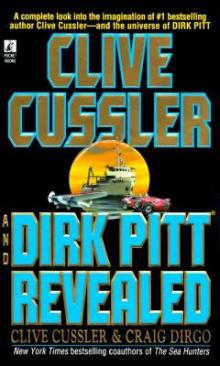 Clive Cussler and Dirk Pitt Revealed
Clive Cussler and Dirk Pitt Revealed The Sea Hunters
The Sea Hunters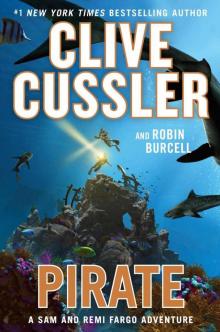 Pirate
Pirate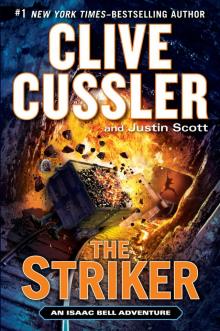 The Striker
The Striker Plague Ship
Plague Ship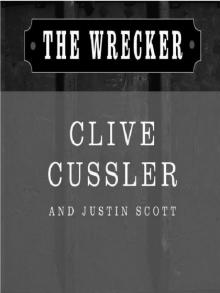 The Wrecker
The Wrecker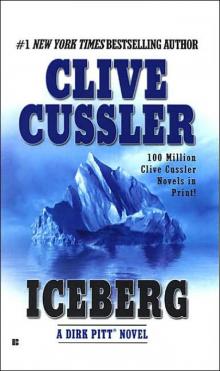 Iceberg
Iceberg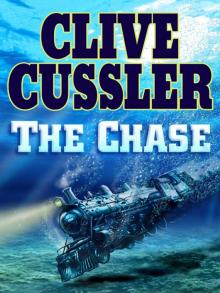 The Chase
The Chase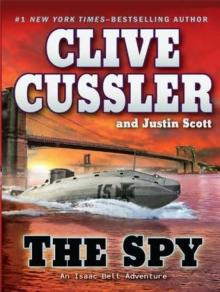 The Spy
The Spy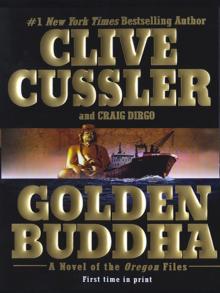 Golden Buddha
Golden Buddha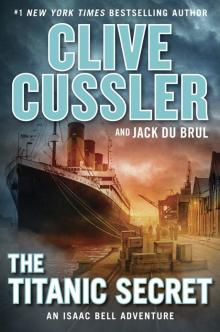 The Titanic Secret
The Titanic Secret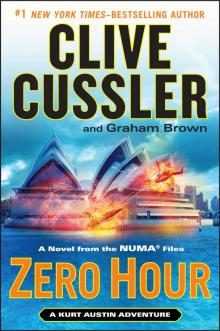 Zero Hour
Zero Hour Fire Ice
Fire Ice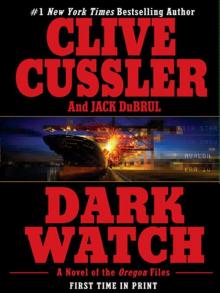 Dark Watch
Dark Watch The Storm
The Storm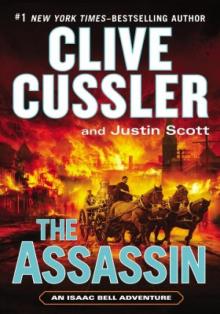 The Assassin
The Assassin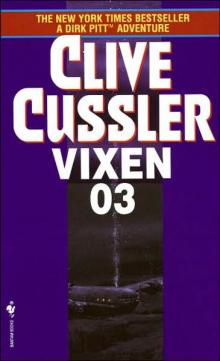 Vixen 03
Vixen 03 Arctic Drift
Arctic Drift Night Probe!
Night Probe! Cyclops
Cyclops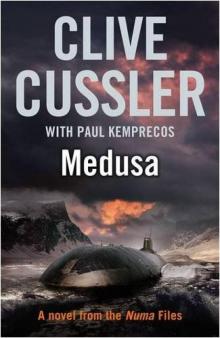 Medusa nf-8
Medusa nf-8 Shock Wave dp-13
Shock Wave dp-13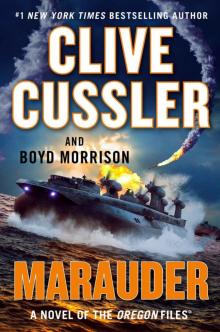 Marauder (The Oregon Files)
Marauder (The Oregon Files)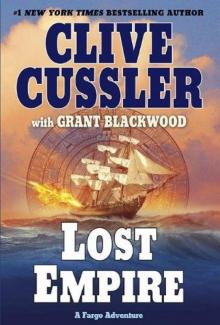 Lost Empire fa-2
Lost Empire fa-2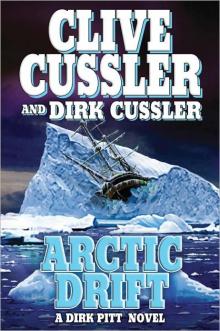 Arctic Drift dp-20
Arctic Drift dp-20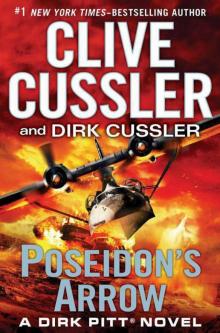 Dirk Pitt 22 - Poseidon's Arrow
Dirk Pitt 22 - Poseidon's Arrow Treasure of Khan dp-19
Treasure of Khan dp-19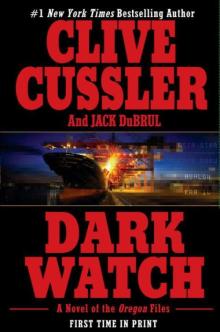 Dark Watch of-3
Dark Watch of-3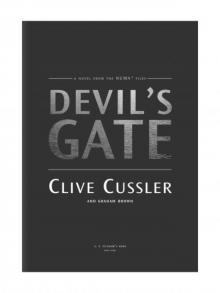 Devil's Gate
Devil's Gate The Sea Hunters II: More True Adventures with Famous Shipwrecks
The Sea Hunters II: More True Adventures with Famous Shipwrecks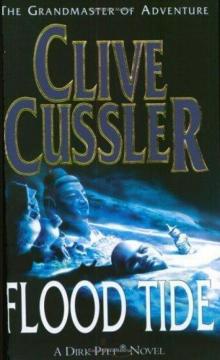 Flood Tide dp-14
Flood Tide dp-14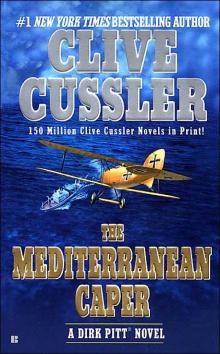 The Mediterranean Caper dp-2
The Mediterranean Caper dp-2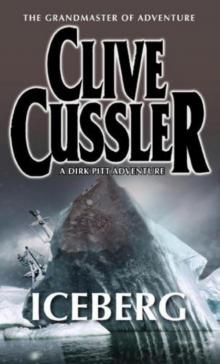 Iceberg dp-3
Iceberg dp-3 Sahara dpa-11
Sahara dpa-11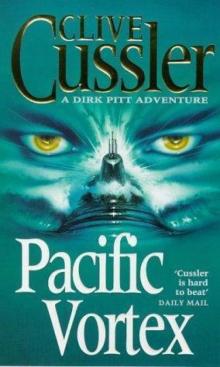 Pacific Vortex! dp-1
Pacific Vortex! dp-1 Deep Six dp-7
Deep Six dp-7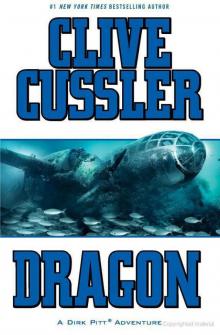 Dragon dp-10
Dragon dp-10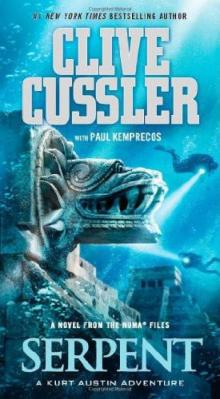 Serpent nf-1
Serpent nf-1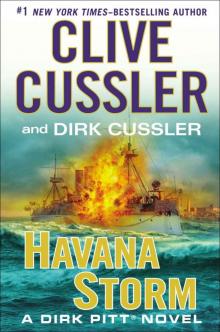 Havana Storm (Dirk Pitt Adventure)
Havana Storm (Dirk Pitt Adventure)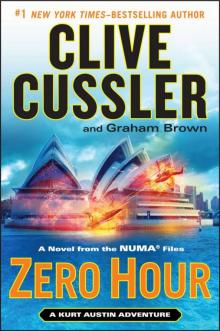 Zero Hour nf-11
Zero Hour nf-11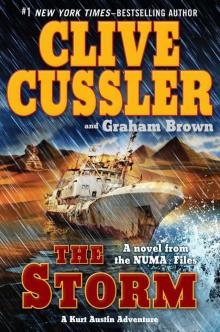 The Storm nf-10
The Storm nf-10 The Thief ib-5
The Thief ib-5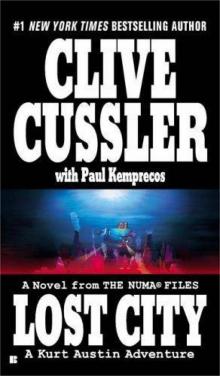 Lost City nf-5
Lost City nf-5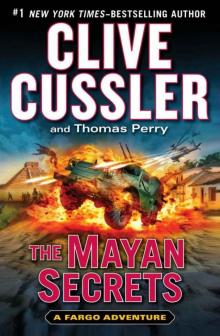 The Mayan Secrets fa-5
The Mayan Secrets fa-5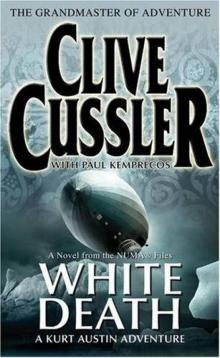 White Death nf-4
White Death nf-4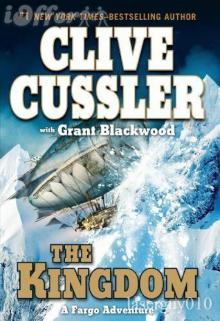 The Kingdom fa-3
The Kingdom fa-3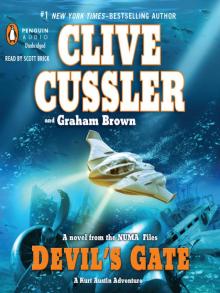 Devil's Gate nf-9
Devil's Gate nf-9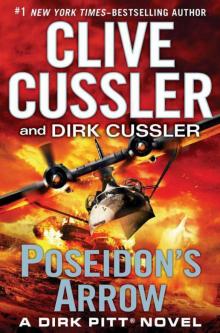 Poseidon's Arrow dp-22
Poseidon's Arrow dp-22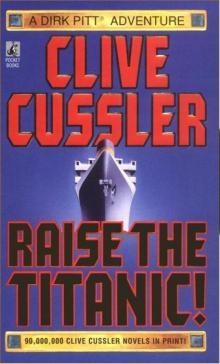 Raise the Titanic dp-4
Raise the Titanic dp-4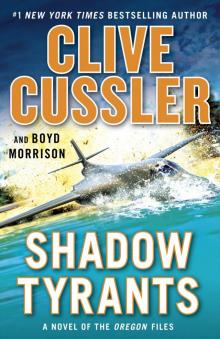 Shadow Tyrants--Clive Cussler
Shadow Tyrants--Clive Cussler Sacred Stone of-2
Sacred Stone of-2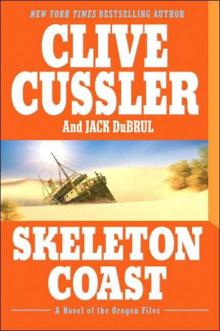 Skeleton Coast tof-4
Skeleton Coast tof-4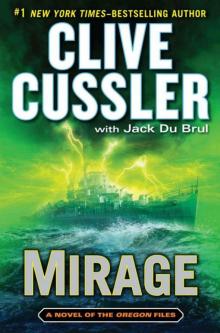 Mirage tof-9
Mirage tof-9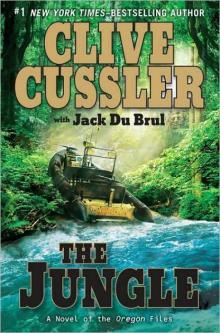 The Jungle of-8
The Jungle of-8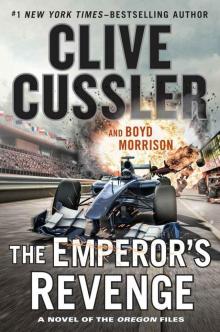 The Emperor's Revenge (The Oregon Files)
The Emperor's Revenge (The Oregon Files)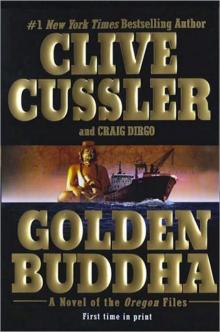 Golden Buddha of-1
Golden Buddha of-1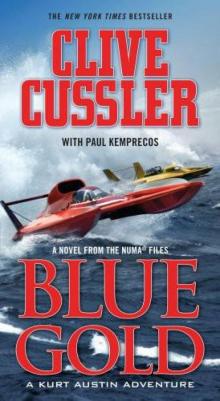 Blue & Gold
Blue & Gold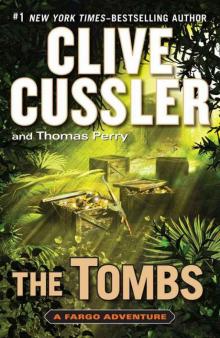 The Tombs fa-4
The Tombs fa-4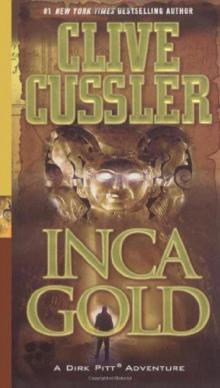 Inca Gold dp-12
Inca Gold dp-12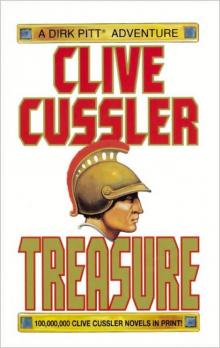 Treasure dp-9
Treasure dp-9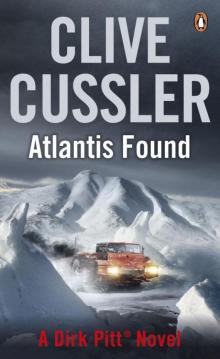 Atlantis Found dp-15
Atlantis Found dp-15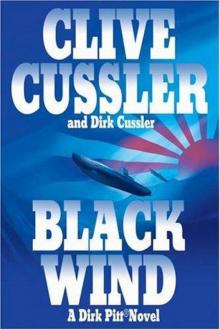 Black Wind dp-18
Black Wind dp-18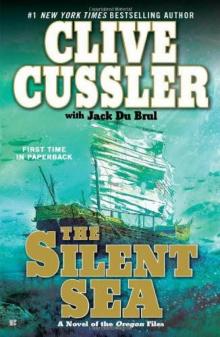 the Silent Sea (2010) tof-7
the Silent Sea (2010) tof-7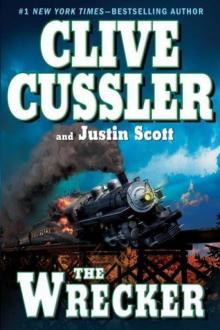 The Wrecker ib-2
The Wrecker ib-2 Fire Ice nf-3
Fire Ice nf-3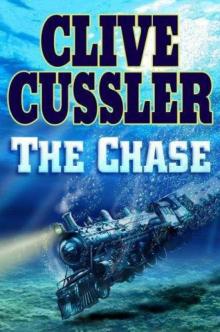 The Chase ib-1
The Chase ib-1 Sahara
Sahara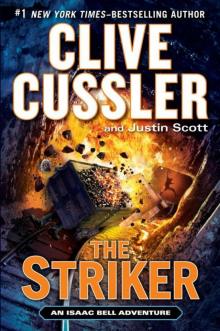 The Striker ib-6
The Striker ib-6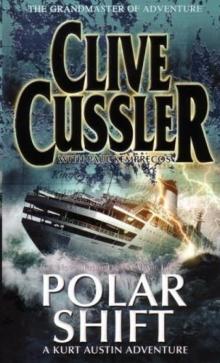 Polar Shift nf-6
Polar Shift nf-6 The Race ib-4
The Race ib-4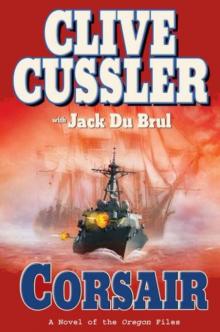 Corsair of-6
Corsair of-6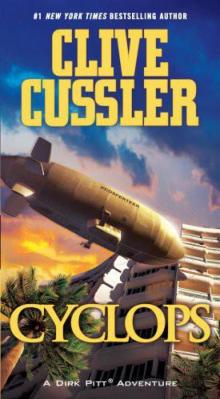 Cyclops dp-8
Cyclops dp-8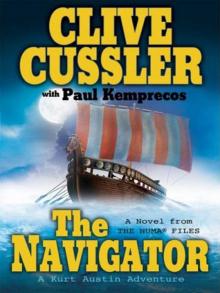 The Navigator nf-7
The Navigator nf-7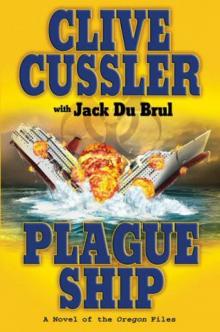 Plague Ship tof-5
Plague Ship tof-5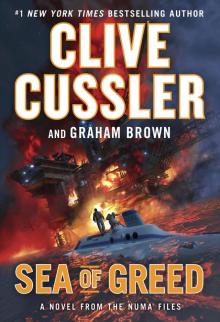 Sea of Greed
Sea of Greed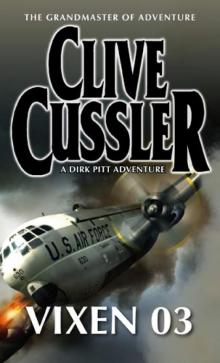 Vixen 03 dp-5
Vixen 03 dp-5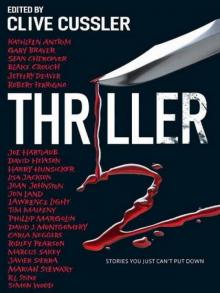 Thriller 2: Stories You Just Can't Put Down
Thriller 2: Stories You Just Can't Put Down